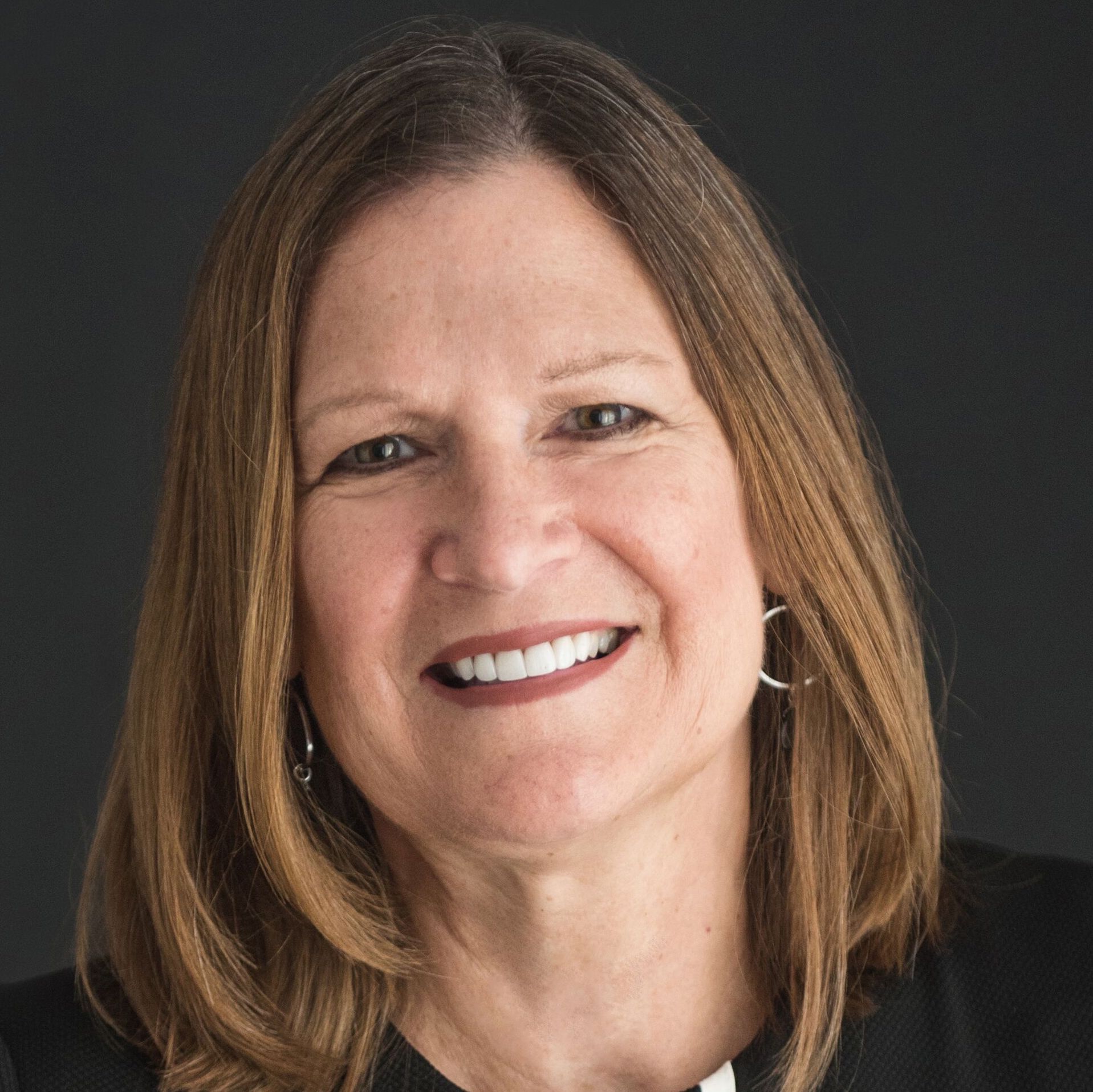4 minutes
It’s not about pushing out directors but making sure your board has a transition plan for inevitable turnover and identifying needed competencies.
Sponsored by SUCCESSIONapp, a CUES Supplier member
Does everyone on the board of your organization understand the real purpose of board succession planning? If not, read this story about a common misconception regarding the purpose of board succession planning and how it can affect your board of directors.
You’re Trying to Get Rid of Me!
A few board members at an organization noticed that their board was beginning to age. They weighed their options and decided that they needed to start doing board succession planning. What the organization had been doing in the past was dealing with turnover as it happened. They were able to do this since a lot of the board members had served on the board for a long time, and very little turnover was happening. However, as the board continued to age, more turnover soon became inevitable.
When the topic of board succession planning arose, they got a lot of pushback from some board members who were worried that they were just trying to get rid of them. Finally, after much discussion, the board members who were pushing back on the idea relented. So, the board decided to hire a succession planning consultant to help them through the process.
The Succession Planning Process
The first part of the board succession planning process is for the board to think about the competencies that they would like represented on their board. Some common board competencies include board governance, knowledge of fiduciary responsibilities, and planning and strategic thinking. So, all the board members worked together to develop a list of competencies for their board.
Then, the consultant asked them to rate their personal expertise on those competencies. There were four levels: 1) I have no expertise in this competency 2) I have basic expertise in this competency 3) I have advanced expertise in this competency 4) I am considered an expert in this competency.
When everyone finished rating themselves on the competencies, the consultant showed the results to the board. To their surprise, a lot of the skeptical board members had rated themselves either advanced or expert in every single competency—which everyone knew wasn’t true.
When the consultant asked those skeptical members why they would do that, a lot of them said that they thought if they rated themselves any lower that they would be pushed off the board during the succession planning process. The other board members and the consultant now understood why those members were skeptical of the board succession planning process. Now they were able to explain to them that pushing directors off the board isn’t the purpose of board succession planning!
The Purpose of Board Succession Planning
Board succession planning is not about pushing out older or long-term board members. It also is not about judging board members on their skill level for each competency.
It really is about making sure that your organization has a transition plan for inevitable turnover and ensuring that you know what competencies you should look for when recruiting new board members.
Questions to Consider
Below are several questions you can ask yourself related to the story above.
- Do you think that there is a culture of trust and respect on this board?
- Do all the board members understand the purpose of board succession planning?
- How are the ratings of the skeptical board members going to help the board in the future? Remember, those board members rated themselves at an advanced/expert level for all competencies. So, will the board know what competency gaps they have when people leave the board?
What You Can Do
- Ensure you have a culture of trust and respect on your board. If you have a trusting board, all directors are more likely to be honest about when they plan to leave and their skill level for each competency. This will make the board succession planning process smoother and more accurate!
- Ensure that all board members understand the purpose of board succession planning. Again, it is not about pushing out older or long-term board members, and it's not about judging anyone based on their skill level for each competency. Rather, the purpose is to be ready and have a transition plan when turnover occurs.
- Ensure that all board members are involved in the board succession planning process and that everyone is being heard! This will help build trust and respect on the board and make sure everyone understands the board succession planning process.
Yvonne Evers, the founder/CEO of SUCCESSIONapp, LLC, a CUES Supplier member, is a succession planning expert who has successfully worked with hundreds of credit unions over the past 25 years. SUCCESSIONapp, LLC is the leading provider of online management and board succession planning solutions in the credit union industry. The mission of the company is to help leaders and board members create succession plans to ensure smooth and successful transitions.






